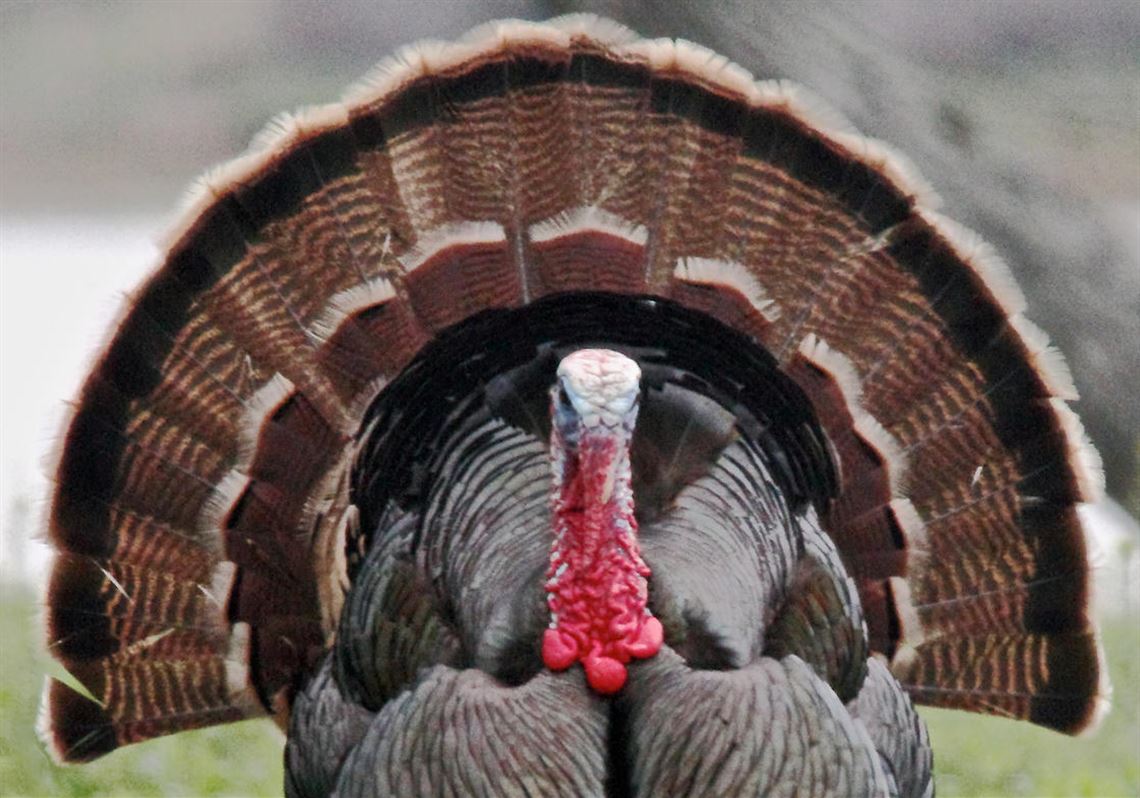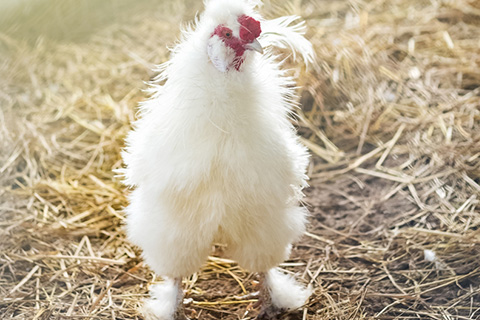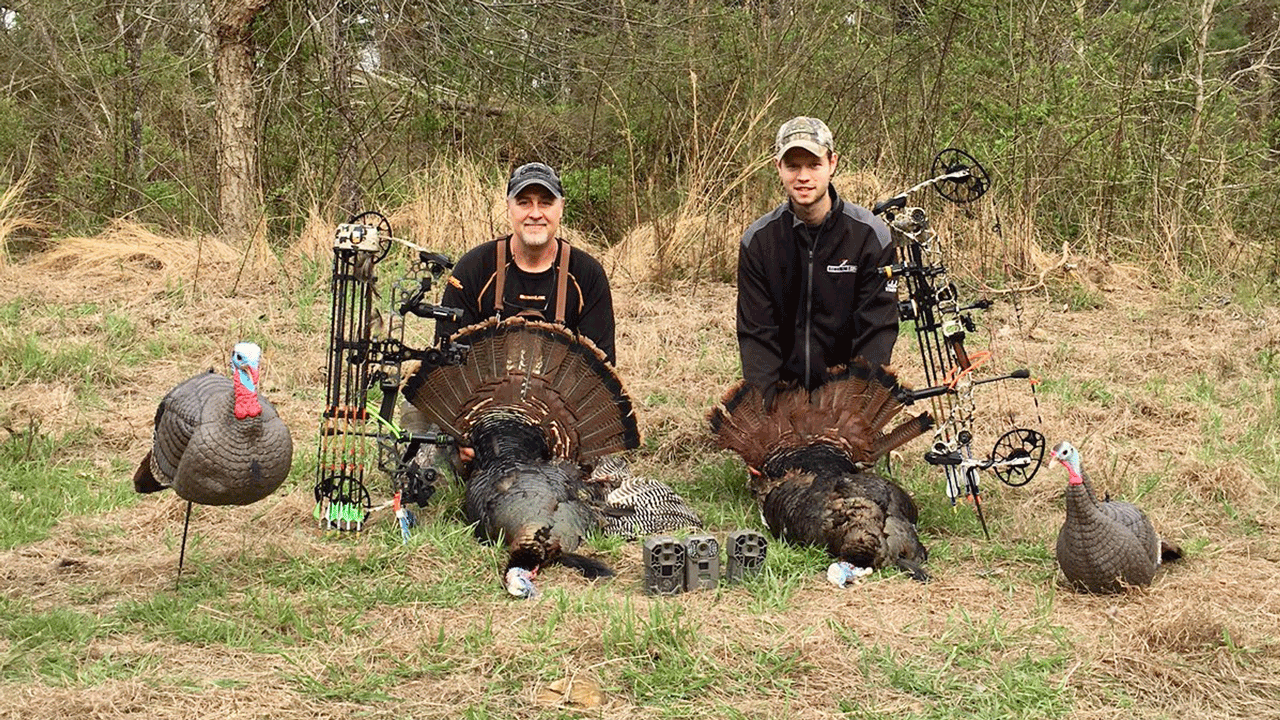Turkeys are eaten worldwide and can be purchased from butcher shops or convenience stores (packaged variant). But none even comes close to taste as good as the fresh turkey that you have hunted yourself.
This is because you have the assurance that the turkey is fresh and healthy before it was shot. And you know what they say about meat – the fresher, the better. Also, hunting them down gives you a Viking experience that you cannot get enough of once you hunt for the first time.
Turkeys are one of the most consumed meats in the country and are among the very few that people bother hunting on their own. Typically, a hunting gun is considered more than enough while hunting a turkey, but many people disagree.
Turkey hunting is not as simple as most of us think it to be, as the turkeys are very cautious around the hunting seasons and can sense dangers. So, it is not like they are just waiting to get hunted. Therefore, extra effort needs to be put on hunting turkeys and that is what we will be discussing today.
Turkey decoys are like dolls but look just like turkeys and are used to attract other turkeys for hunting purposes. In older times it was not as famous or effective, for that matter, because it was far from looking like a real turkey and this alarmed the other turkeys. But with advancements in science and technology, we now have turkey decoys that might even confuse you for a real turkey when you look at it from a distance.
And the best thing about it is not just their realistic looks but also their affordable prices. This facilitates you to buy more and turkey decoys for your hunting activities. They are easily available – both online and offline.
Types of Turkey Decoys
Before learning the different strategies and techniques to hunt turkeys, we should first learn about the different types of turkey decoys as they are very important in deciding the outcome of your hunt.
Tom’s Turkey or Gobbler Decoys

Tom turkeys are the male turkeys who have attained maturity and hence are the biggest variety of turkeys out there. They have huge fans that they use to intimidate their competition and to attract female turkeys for mating.
A turkey becomes a gobbler when it reaches 2 years of age, though it is capable of mating even before it becomes a gobbler. One can use a gobbler decoy to attract other gobblers. You should only use a strutting gobbler when you are sure there is another dominating gobbler nearby.
Or else, the decoy might scare away the other turkeys in the area. You must have at least one gobbler decoy in your decoy collection so that you can use it when the time is right.
Jake Turkey Decoys

Jake turkeys are also male turkeys, but they have not attained maturity, i.e., they have not crossed 2 years. These turkeys are capable of mating though. They usually remain in groups and can take up a non-aggressive gobbler when in groups. You should not use strutting gobbler decoys to attract them as all it will do is intimidate and scare them.
Also, gobblers find it easy to challenge and fight jake turkeys, so you should have jake turkey decoys to attract both jake turkeys and gobblers. Always have two or more than two jake decoys in your collection as you would need them in groups.
Hen Turkey Decoys

The last variety of turkeys are the females, the hen turkeys. They are also a very good source of attraction for both jake and gobblers as both turkeys are capable of mating and hence do not want to miss a chance of mating, especially in the spring season. Hen turkey decoys are a must-have in your decoy collection as they are the best way to attract male turkeys in the mating season.
Hen turkey decoys are available in different types of postures – standing, feeding, or a submissive breeding position that attracts male turkeys for mating. It is best to have hen turkey decoys of all these varieties so that you can use them in different situations. Make sure you have the required decoys for the hunting season.
Placement of Turkey Decoys
The biggest and most important element in strategizing the turkey decoy setup is deciding the placement of the turkey decoy. The placement of the decoys can easily make or break your hunting game so make sure that you decide the placement properly. These are a few rules of thumbs while deciding the place of your turkey decoys.
Placing the Decoy Within the Shooting Range
The biggest reason for failure while hunting turkeys is because poor placement of the decoy. Most people do not care much about the shooting distance. Always make sure that your decoy is placed within the shooting distance and not outside or on the edge of the shooting distance. If the shooting distance is 40 yards, then it is best to place the decoy at a 20-yard distance so that you can aim at the turkeys without much difficulty.
Place the Decoy Such That It Is Easily Visible
If you place the decoy at a place that is not easily visible then chances are that the turkeys would not see the decoy and therefore, you will end up with a failed hunt. Place the decoy in an open area, away from the bushes and trees. It is also for you to aim at the turkeys when the decoy is kept in an open place rather than a closed place.
Be at A Place Where the Turkeys Cannot See You
Your whole plan of hunting turkeys could go in vain if the turkeys sense a threat. While trying to be at a shooting distance from the decoy many people become too reckless and come too close to the decoy and are discovered by the turkey.
So always choose a location where you can both hide and remain at a shooting distance. You could choose to be in between the decoy and the turkey so that you get to hunt them quickly. You can also use a portable ground blind to hide.
Place Different Decoys in Different Places

If you are planning to hunt big time and want to place more than one turkey decoy, then make sure to set them up at different locations so that a turkey cannot see all the decoys. If it can see the different decoys at different places, then it will not be difficult to sense something wrong.
Also, while deciding the turkey decoy setup make sure all the decoys are within your shooting range so that you do not miss any opportunity. So, keeping all these factors in mind, choose the best location so that it is not difficult for you to aim and shoot.
If the placement of the decoy goes south, there are chances that you will have to return home empty-handed. So, take the proper time to decide the placement of the decoys.
Turkey Decoy Strategies to Ace the Hunting Game
Now that we are aware of how to place a turkey decoy, let us look at some turkey decoy strategies that will help you do some of the best hunts of your life. Most of these strategies are tried and tested and are backed by logic and results. So, let us look at them without wasting any more time.
Emotion
Now, this might sound very absurd, but you need to generate and exploit the different emotions of turkeys to attract them towards your turkey decoy. The different types of turkey decoys and the ways that they are set up reflect different sets of situations that generate different kinds of emotions in a turkey seeing it.
So, the turkey decoy setup could easily make or break your game. These are the different kinds of emotions that you can leverage while hunting turkeys.
Feeding
Animals, especially wild animals, eat all the time because they are ever hungry. So, hunger could be one of the most effective emotions that you can use to attract turkeys. By setting up decoys in a feeding position in a grassy land, you can fool the turkeys to whom it would appear as if food were abundant.
And as soon as they get near the decoy you can shoot them. And just like that, you hunted yourself a turkey. When using this strategy make sure that the turkey decoy you use in the feeding position as any other kind of turkey decoy may not do the trick.
Fighting
Some turkeys are ever ready for a fight and these are mostly the gobblers. So, if you have seen a gobbler in an area especially a dominating and large one then this strategy will work the best for you. Gobblers fight most times when they are challenged or intimidated. So, you can use a gobbler decoy to intimidate the turkey.
Once the gobbler discovers the decoy, there are high chances that it will charge towards the decoy to attack. This will give you pretty much time and a good range to shoot from. Use this trick only when a gobbler is around.
This trick is even more useful in the first few weeks of the spring season. This is because, during the spring season, also known as the breeding season, gobblers feel different emotions at different periods of the season.
When the mating season begins gobblers are very strutting and eager to show their dominance. After a week or two, they look for hen turkeys for mating and the fighting trap may not work.
Breeding
This is the final and one of the best ways to hunt a turkey in the spring season. Make sure to use this strategy after the first few weeks because of the reasons discussed in the previous section. To attract turkeys for breeding you can use a hen turkey decoy in a submissive breeding position.
If the setup is for a gobbler, then you can use jake decoys around the hen decoy so that the gobbler gets more aggressive and rushes towards the spots. You can also use a gobbler decoy facing the hen decoy so that tom turkey senses a competition. If you want to attract jake turkeys, then there is no point using turkey decoys other than the hen.
Turkey Decoy Setup
You can choose between different turkey decoy setups to enhance your hunting process. Some of those setups are-
Jake And Hen
The combination of jake and hen decoys is used very widely as it can attract both gobbler turkeys as well as jake turkeys. Gobbler turkey would be in a quest for a mating partner and seeing a hen surrounded by jake turkeys would force it to go to the spot and chase away the jake as it is more dominant and powerful than jake. A jake turkey will not fear taking on one of its kind to find a mating partner and hence jake decoys paired with hen decoys could attract both gobblers and Jake.
Feeding Hen
A decoy of a feeding hen tends to trigger two emotions – hunger and mating. So, when you use a feeding hen decoy you have higher probabilities of attracting both gobblers and jakes. This turkey decoy setup would work more effectively in the spring season.
Make sure that the color of the hen turkey decoy is perfect so that it does not seem like a decoy to the turkeys. Place the decoy in an area with rich vegetation where there is ample food available to fool the turkeys or at least it seems to have ample food.
Strutting Gobbler
A strutting gobbler is a perfect way to attract a gobbler. It triggers the emotion of anger and lets the gobbler charge towards the trap at full speed. Do not use this decoy setup for jakes and do not use it if you are not sure whether the gobbler is aggressive or not. A strutting gobbler decoy could sometimes also attract jakes, given that they are in a group and are willing to take on the gobbler.
Just like these, there are many other turkey decoy setups that you can experiment with. You can also adjust according to the situation.
Conclusion
These are some of the strategies and best practices while setting up a turkey decoy set up. Always make sure of the kind of turkey you are hunting for before planning or executing the setup.
If you put a wrong setup for a wrong turkey, then chances are that you will have to return home empty-handed. Also, while buying turkey decoys make sure to buy the ones which appear seemingly real so that they can fool the turkeys.
You can also use techniques like camouflaging and calling to get a good range and to attract more and more turkeys. Different turkey calls signify different things, and you should at least be aware of what these sounds mean so that you know what they are up to.

